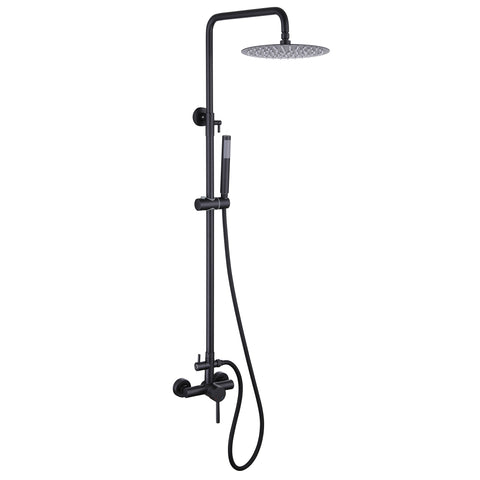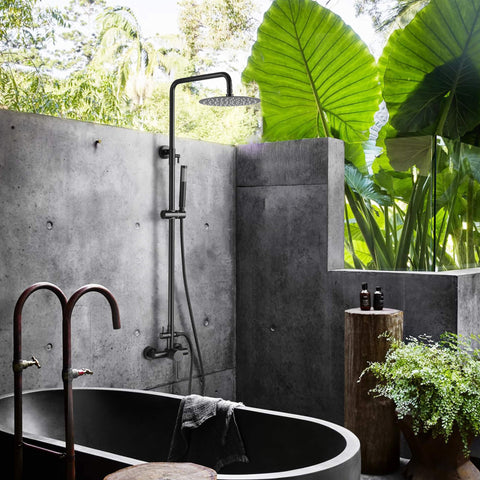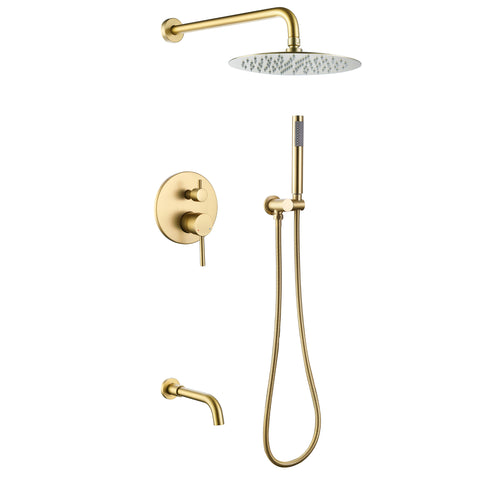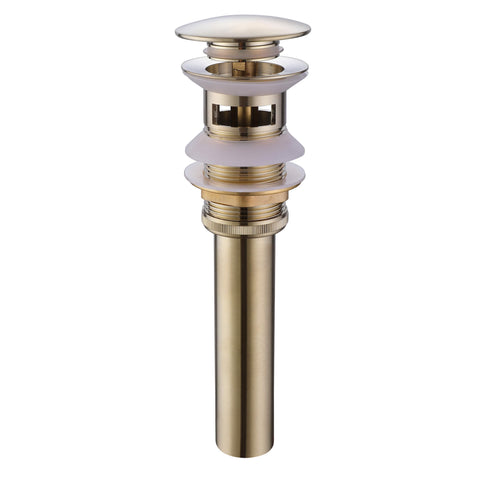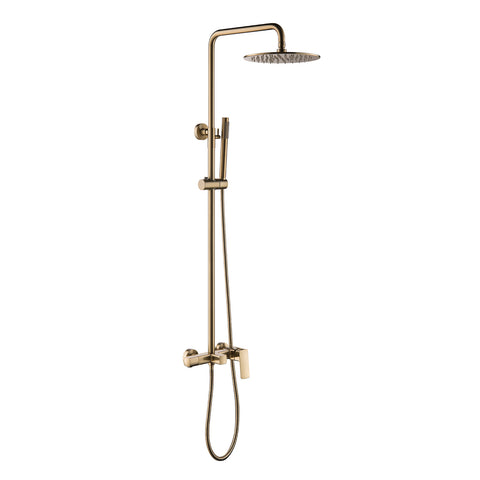How to Choose the Right Faucet: A Complete Guide to Styles, Finishes & Installation Tips
Choosing the right faucet isn’t just a finishing touch—it plays an essential role in your home’s daily comfort, water efficiency, and overall design. With countless styles, technologies, and finishes now available, selecting a faucet can feel overwhelming. This guide walks you through the key steps, considerations, and precautions to help you confidently choose a faucet that matches both your functional needs and aesthetic preferences.

1. Identify Your Needs and Space Requirements
Before browsing options, evaluate the specific requirements of your space. This ensures the faucet you choose is both functional and compatible with your existing setup.
- Faucet Location: Are you upgrading a kitchen sink, bathroom vanity, bathtub, or shower?
- Mount Type: Wall-mounted, deck-mounted, or countertop installation all have different plumbing needs.
- Sink Configuration: One-hole, three-hole, vessel sink, undermount sink—each requires a different faucet style.
- User Habits: Kitchens may require high-usage durability, while bathroom faucets prioritize easy cleaning and splash control.
- Design Direction: Modern, minimalist, traditional, industrial, or luxury?
2. Understand the Different Faucet Types
Knowing the features of each faucet type helps narrow down your choices to what suits your lifestyle best.
- Single-Handle Faucets: Simple, sleek, and ideal for small spaces. Easily adjust temperature and flow with one hand.
- Double-Handle Faucets: Offers precise control over hot and cold water. Great for traditional bathrooms.
- Pull-Down & Pull-Out Faucets: Perfect for kitchens, providing extended reach for washing dishes, rinsing produce, or cleaning the sink.
- Wall-Mounted Faucets: Space-saving and visually striking. Ideal for vessel sinks or modern bathroom designs.
- Touchless / Touch-Activated Faucets: Hygienic and convenient—great for busy kitchens and households with children.
- Waterfall Faucets: Adds a spa-like visual effect, commonly used in stylish bathrooms.
3. Choose the Right Finish for Long-Term Beauty
Your faucet finish influences not only aesthetics but also maintenance and durability. Matching the finish to your cabinet hardware or shower system creates a cohesive look.
Popular faucet finishes include:
- Chrome – Highly reflective and easy to clean.
- Brushed Nickel – Soft sheen and fingerprint-resistant.
- Matte Black – Modern, bold, and trending.
- Stainless Steel – Durable and rust-resistant.
- Brushed Gold – Warm, luxurious, and eye-catching.
- Oil-Rubbed Bronze – Great for vintage or rustic styles.
4. Set a Reasonable Budget
Faucet prices vary based on material, construction, technology, and brand reputation. Consider long-term value—sometimes a slightly higher investment saves money on repairs and replacements later.
- Basic faucets: affordable, functional
- Mid-range faucets: improved quality and finish options
- Premium faucets: advanced features, heavy-duty materials, longer warranties
Important Precautions When Choosing a Faucet
- Measure Carefully: Check spout height, reach, handle clearance, and sink hole spacing.
- Prioritize Quality: Solid brass construction and ceramic disc cartridges ensure longer lifespan and fewer leaks.
- Look for Certifications: WaterSense and other water-efficiency certifications help reduce water usage.
- Evaluate Installation Difficulty: Some faucets are DIY-friendly; concealed or wall-mounted faucets may require a professional plumber.
- Check Plumbing Compatibility: Ensure your new faucet works with your current pipes and water pressure.
Conclusion
Selecting the right faucet is a small upgrade that can create a major impact—enhancing both usability and style in your kitchen or bathroom. By understanding your needs, exploring faucet types, choosing the right finish, setting a budget, and taking key precautions, you’ll be well-equipped to make a confident and informed decision. A well-chosen faucet not only completes the look of your space but also improves your daily routine for years to come.
